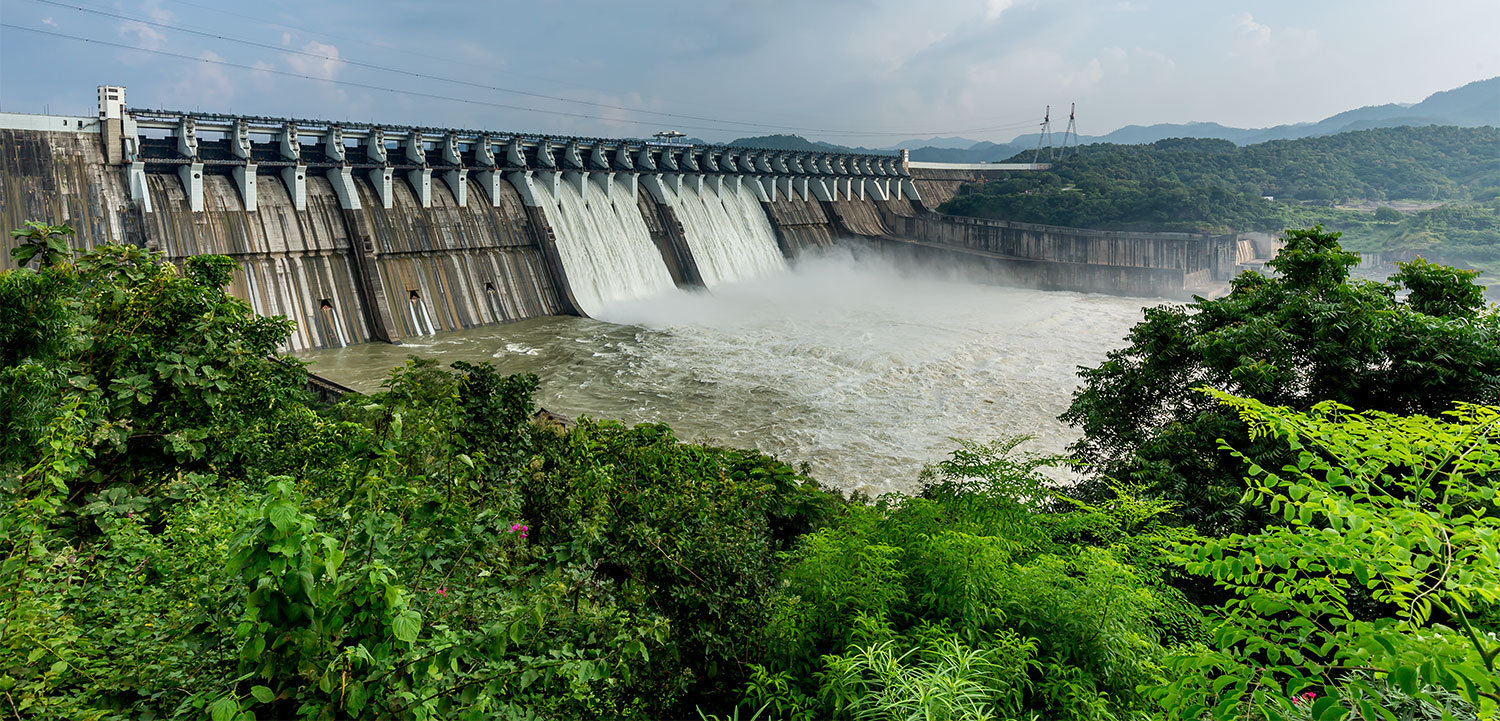Inaugurating several projects including a canal bringing Narmada water to Kutch, Prime Minister Modi said last week that Medha Patkar and her “urban Naxal” friends had opposed and delayed the Narmada project that had greatly benefited Gujarat. In fact, the project was opposed by a very wide range of critics including the World Bank’s Morse Commission which was anything but “urban Naxal.”
However, Medha and her fellow critics have been proven dead wrong. In 1989 I attended a talk by Medha opposing the Sardar Sarovar Dam, the first of many planned on the Narmada. Her Narmada Bachao Andolan, ARCH Vahini and other activists had convinced a tribunal to award land as compensation to the tribal oustees, not just cash compensation that would be frittered away. The tribunal awarded five acres per adult male oustee plus additional cash compensation. Nevertheless, she said, the simple tribals had a unique way of life and would fail to cope with commercial life in resettlement villages. They would get trapped in debt, lose their land, and become paupers in urban slums, with their women becoming prostitutes. This must be stopped.
Medha also pooh-poohed the supposed project benefits claimed by all Gujarat parties. The project aimed to provide millions with irrigation and drinking water, reaching arid and desert areas in Saurashtra, Kutch, and even Rajasthan. But, she said, experience showed that rich farmers near the canal head hogged the water in such projects, so no water would reach needy farmers in distant arid areas like Kutch. The Gujarat government had given up World Bank funding because of onerous conditions, and was funding the project itself through very high-interest loans that would bankrupt the state.
I found Medha’s arguments persuasive, and wrote an article opposing the project. Today it is clear I was wrong. She made a fool of not just me but thousands of concerned humanists who should also be angry at being taken for a ride.
Narmada water reached Saurashtra, Kutch and Rajasthan over a decade ago, benefiting millions. Water sold to municipalities and industries at commercial rates has made the project financially viable despite many delays and cost escalations. With land prices going sky-high, farmers refused to give up their land for constructing distributaries. So, the water is now being distributed under pressure through underground pipes. This is costly but means the irrigation is done through sprinklers and drip irrigation, far more efficient than conventional canal irrigation.
I had read of major travails in resettling tribals ousted by the dam. But others said resettlement was a success. To test this, Neeraj Kaushal of Columbia University and I planned a research project, funded by the London School Economics, comparing living conditions of resettled tribals with those of their former neighbours still in the forest. In some villages tribals at lower elevations were resettled while those at higher elevations stayed in the forest, providing a good comparison.
The results were an eye-opener. Resettled tribals were far better off in ownership of land, dwellings, tractors, borewells, TVs, motorcycles, cellphones, and other parameters. They had better access to schools, hospitals, drinking water, electricity, and government offices.
They said their tribal culture and traditions were intact despite resettlement. Even so, 54% said they would rather be back in the forest: material goods are clearly not everything.
We also asked their former neighbors and a second forest group whether, having seen the progress of resettlement, they would like to be “ousted” with the same compensation package. “Yes”, said 52% and 31% of the tribal groups respectively. They want to quit the jungle.
High ownership of motorcycles (31%), and cellphones (59%) in one forest group showed it was outrageous for Medha and other supposed intellectuals to claim that tribals would be devastated by contact with mainstream life and, hence, should be “protected” in the jungle. On the contrary, tribals need to be supported with property rights (land title and legal access to forest produce including bamboo). In research papers for the Cato Institute and Economic and Political Weekly we have given full survey results plus an account of how 31 tribal villages in Narmada district supplied Rs 32 crore of bamboo over four years to a paper mill. Tribals should become plantation owners, not a protected jungle species.
Land prices in the resettlement areas were up to Rs 30 lakh per acre by 2019. Many tribals with five acres are now crorepatis, not paupers as predicted by Medha and other intellectuals. Will they please apologise?
This article was originally published in The Times of India on September 3, 2022.


